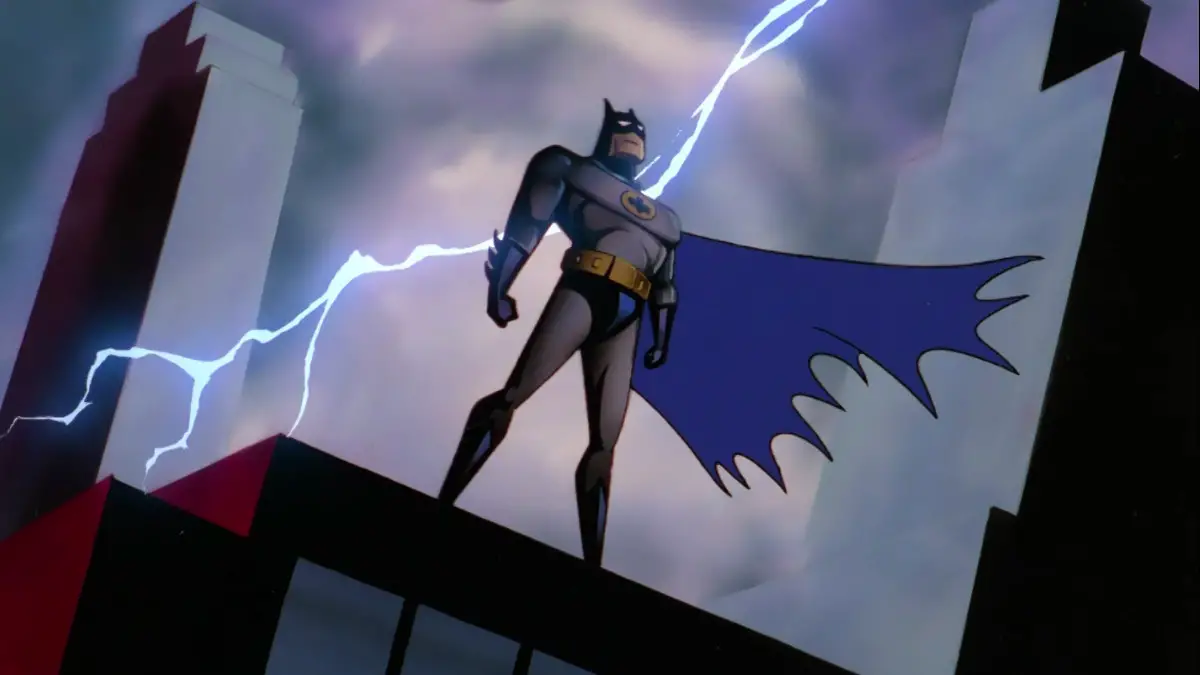Exploring the Mythology and Ethics of the Dark Knight
Few characters have captured the imagination of fans and critics alike as much as Batman. Created in 1939 by Bob Kane and Bill Finger, Batman is a masked vigilante who fights crime and injustice in the fictional city of Gotham. Known for his intelligence, athleticism, and gadgets, Batman is also famous for his moral code, which forbids him from killing his enemies, no matter how heinous their crimes.
The General Rule: Batman Does Not Kill
The question of whether Batman kills in the comics is a controversial one, as the character has been portrayed in different ways by various writers and artists over the years. However, the general consensus is that Batman does not kill, at least not intentionally or directly. This stance has been a defining trait of Batman’s character, reflecting his belief in the value of human life and the rule of law.
According to Batman’s own words in “Detective Comics” #601, “I swore never to take a life, even in the service of justice.” This vow has been reiterated in numerous comics and adaptations, becoming a central tenet of Batman’s ethics. By refusing to kill his enemies, Batman sets himself apart from other superheroes with no qualms about using lethal force to achieve their goals.
Exceptions and Controversies: When Batman Kills
As with any rule, there have been exceptions and controversies when it comes to Batman’s non-killing stance. Some writers have explored the hypothetical scenario of Batman killing his enemies, either as a last resort or as a deliberate act of vengeance. Other writers have challenged the morality and effectiveness of Batman’s no-kill policy, arguing that it puts him and others in danger and allows criminals to escape justice.
One of the earliest examples of Batman killing in the comics comes from the Golden Age of comics when the character was still in his early years of publication. In “Batman” #4 (1940), Batman throws a criminal off a roof, and the narrator explicitly states that the criminal “died on impact.” This portrayal of Batman as a more ruthless and brutal hero was later toned down in the Silver Age when comics became more kid-friendly and censorship was stricter.
In Frank Miller’s seminal graphic novel “The Dark Knight Returns” (1986), an older and grizzled Batman returns from retirement to fight crime in a dystopian future. In this story, Batman does not hesitate to use lethal force against his enemies, who are more violent and dangerous than ever. Some readers and critics have interpreted this version of Batman as a response to the perceived moral decay of society caused by Reagan-era politics of the time.
In the film “Batman v Superman: Dawn of Justice” (2016), Batman is portrayed as a jaded and brutal vigilante willing to kill his enemies if it means protecting innocent people. This portrayal of Batman was controversial among fans and critics, who felt Batman deviated too much from the character’s established ethics and motivations.
In the video game and comic series “Injustice: Gods Among Us,” a parallel universe imagines Superman becoming a tyrant after the Joker tricks him into killing Lois Lane and their unborn child. In this universe, Batman leads a resistance against Superman’s regime and is forced to kill some of his former allies or enemies to achieve his goals. The Injustice series is often cited as an example of how alternate realities can explore different facets of characters and stories.
Does Batman Kill The Joker?
One of the most notorious villains in Batman’s rogues’ gallery is, of course, the Joker. Known for his sadistic sense of humor and penchant for causing chaos and destruction, the Joker has proven to be a formidable foe for Batman time and time again. But despite the Joker’s many atrocities, Batman has never taken the life of his arch-nemesis.
This raises the question: why doesn’t Batman just kill the Joker and be done with it?
The answer lies in Batman’s strict moral code, which he developed after witnessing the murder of his parents as a child. Determined to prevent others from experiencing the same tragedy he did, Batman vowed to never take a life, no matter how heinous the crime. This policy has been a cornerstone of Batman’s character for decades and is what sets him apart from other heroes who are more willing to use lethal force when necessary.
But Batman’s “no-killing” policy is not just a moral imperative; it also serves a practical purpose. By refusing to kill, Batman avoids becoming a vigilante who takes the law into his own hands. Instead, he works within the legal system to bring criminals to justice, relying on his detective skills and physical prowess to apprehend them. Additionally, by not killing, Batman avoids becoming a target for revenge by the friends and family of those he’s killed.
However, despite his strict policy, there have been instances in which Batman has come close to killing the Joker. In Frank Miller’s graphic novel “The Dark Knight Returns,” for example, an older, more ruthless Batman nearly kills the Joker after he murders hundreds of people in a television studio. In the end, however, Batman ultimately decides to spare the Joker’s life. So while Batman may be tempted to break his “no-killing” policy when dealing with the likes of the Joker, his moral code and practical considerations ultimately prevent him from doing so. As Batman himself once said, “if I allow myself to go down into that place, I’ll never come back.”
In the 1989 film “Batman,” the Caped Crusader allows the Joker to fall to his death, although it is unclear whether this was a deliberate act or an accident.
In the graphic novel “Batman: A Death in the Family,” the Joker is seemingly killed by a bomb that he himself planted, although it is later revealed that he survived.
More recently, in the 2019 comic “Batman: The Damned,” the Dark Knight is shown carrying the Joker’s lifeless body, although it is unclear whether he actually killed him or if the Joker simply died from other causes.
When it comes to the specific case of the Joker, the question of whether Batman should kill him is a contentious one. On the one hand, the Joker is one of the most dangerous and unpredictable villains in the DC Universe. He has killed countless innocent people and caused untold destruction, and many argue that the only way to stop him once and for all is to end his life.
However, Batman’s no-killing policy is a key part of what sets him apart from other superheroes. By refusing to take a life, Batman represents the idea that even the worst criminals deserve a chance at redemption, and that violence should only be used as a last resort. Killing the Joker would be a betrayal of this principle and would undermine the moral authority that Batman has worked so hard to establish.
In the end, the question of whether Batman kills, and whether he should kill the Joker specifically, is one that is likely to continue to be debated among fans and creators alike for years to come.
The Final Word: Batman’s “No-Kill” Policy
In the early days of the Batman comics, the Dark Knight was often portrayed as a much more ruthless figure than he is today. In some stories, he would not hesitate to use deadly force against his enemies, and he even carried a gun in his earliest appearances.
However, as the character developed and evolved, so too did his moral code. In the 1940s, Batman began to be depicted as a hero who would not kill under any circumstances, even in self-defense. This strict no-killing policy became a defining characteristic of the character, and it has remained a key part of his identity ever since.
Of course, there have been some notable exceptions to this rule over the years. In the famous 1988 graphic novel “The Dark Knight Returns,” Batman is depicted as an older, more grizzled version of himself who is willing to use lethal force against his enemies. This interpretation of the character was controversial at the time, but it has since become a touchstone for many fans who believe that there are some situations in which killing may be justified.
Despite these exceptions, however, Batman’s no-killing policy remains a central part of his character in most interpretations. It is seen as a key element of his moral code, and a reflection of his unwavering commitment to justice and fairness.
In conclusion, the question of whether Batman kills is a complex and multi-faceted one that is unlikely to be resolved any time soon. While the character has been depicted as both a ruthless vigilante and a strict adherent to a no-killing policy, the general consensus among fans and creators is that Batman is a hero who believes in the value of every human life, even the lives of his enemies. As such, the decision of whether or not to take a life is one that he must weigh carefully, and it is a question that will continue to be debated and discussed for many years to come.
We hope you found this article interesting. Come back for more reviews, previews, and opinions on comics, and don’t forget to follow us on social media:
If you’re interested in this creator’s works, remember to let your Local Comic Shop know to find more of their work for you. They would appreciate the call, and so would we.
Click here to find your Local Comic Shop: www.ComicShopLocator.com


